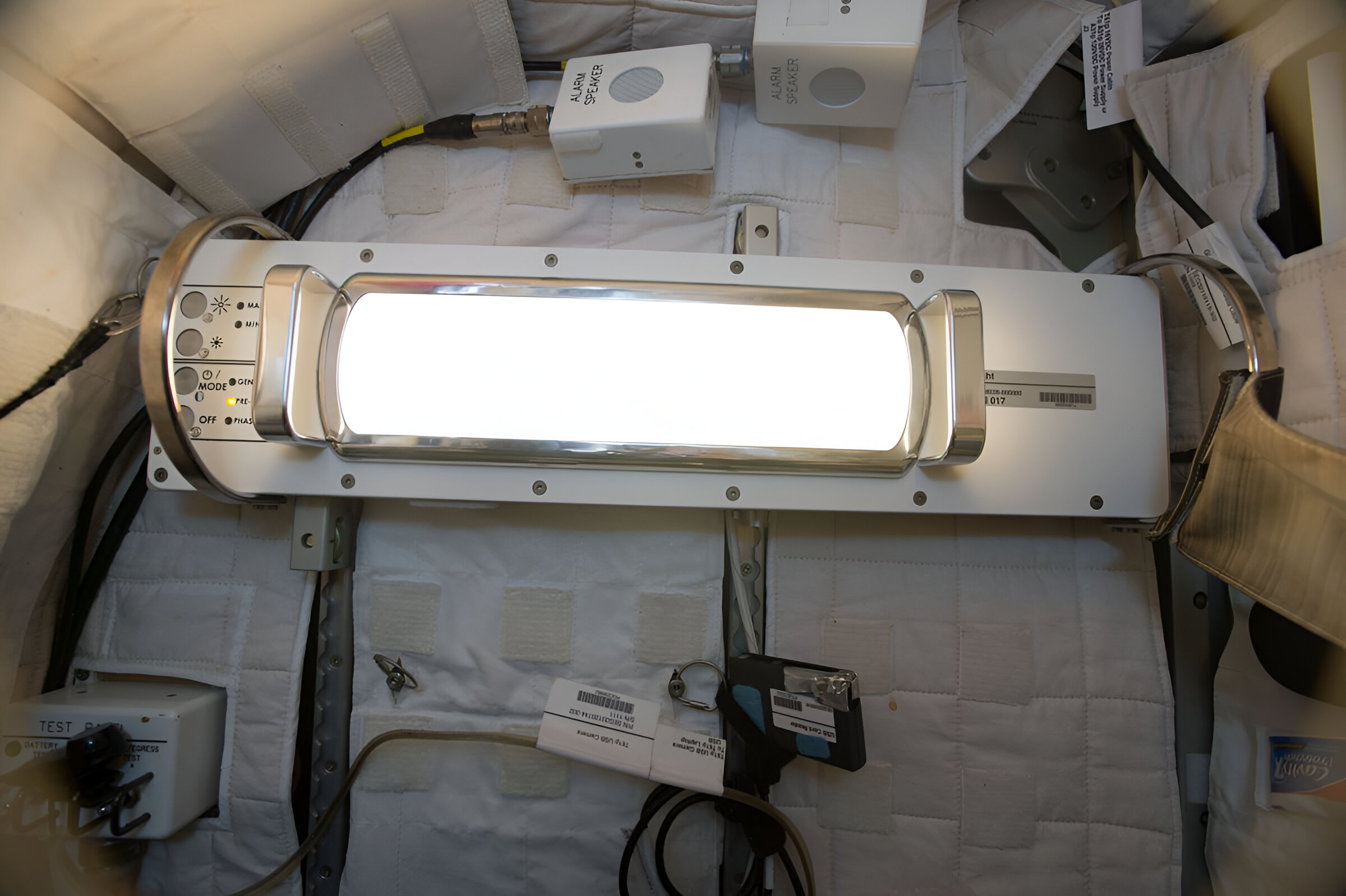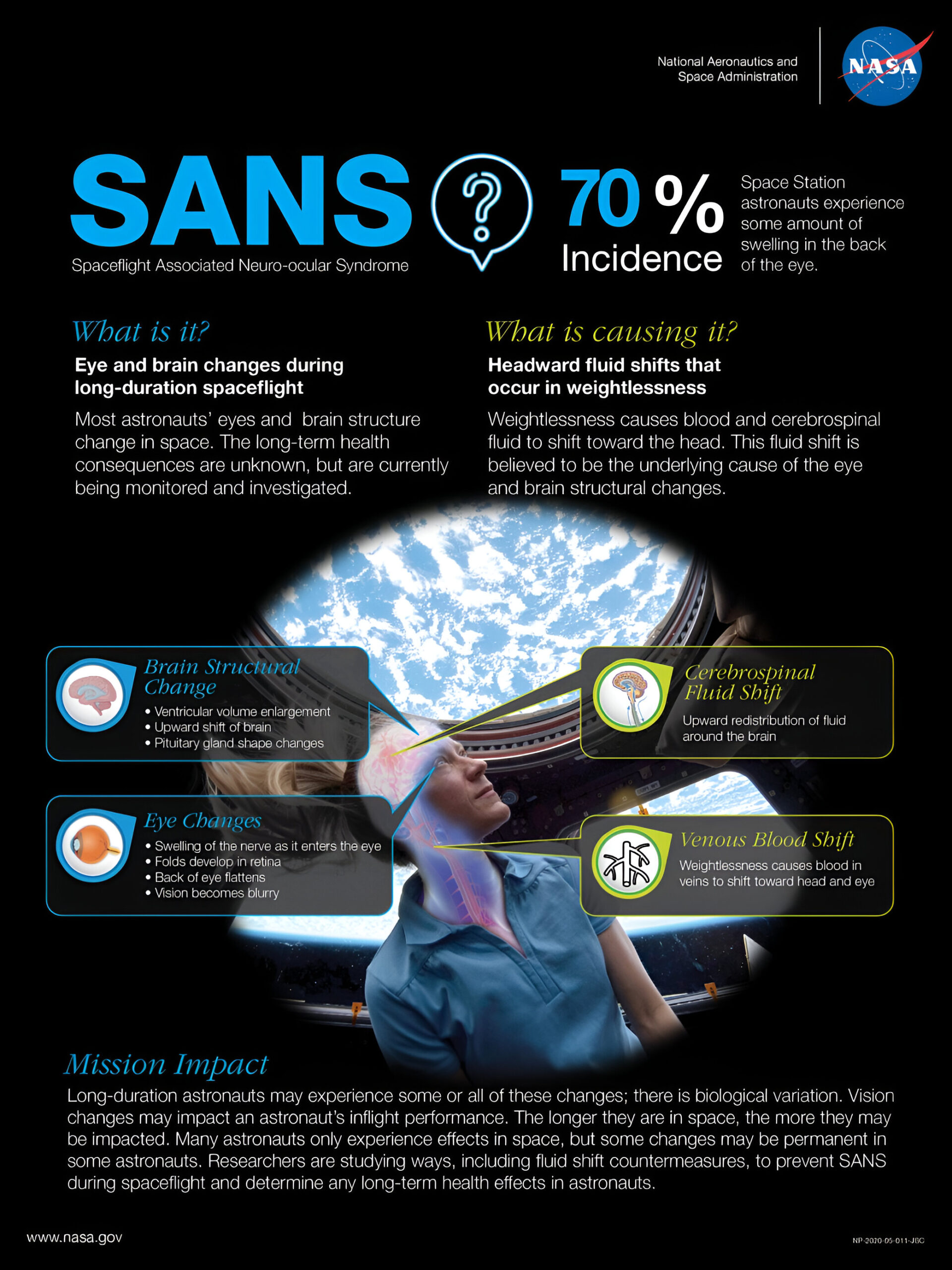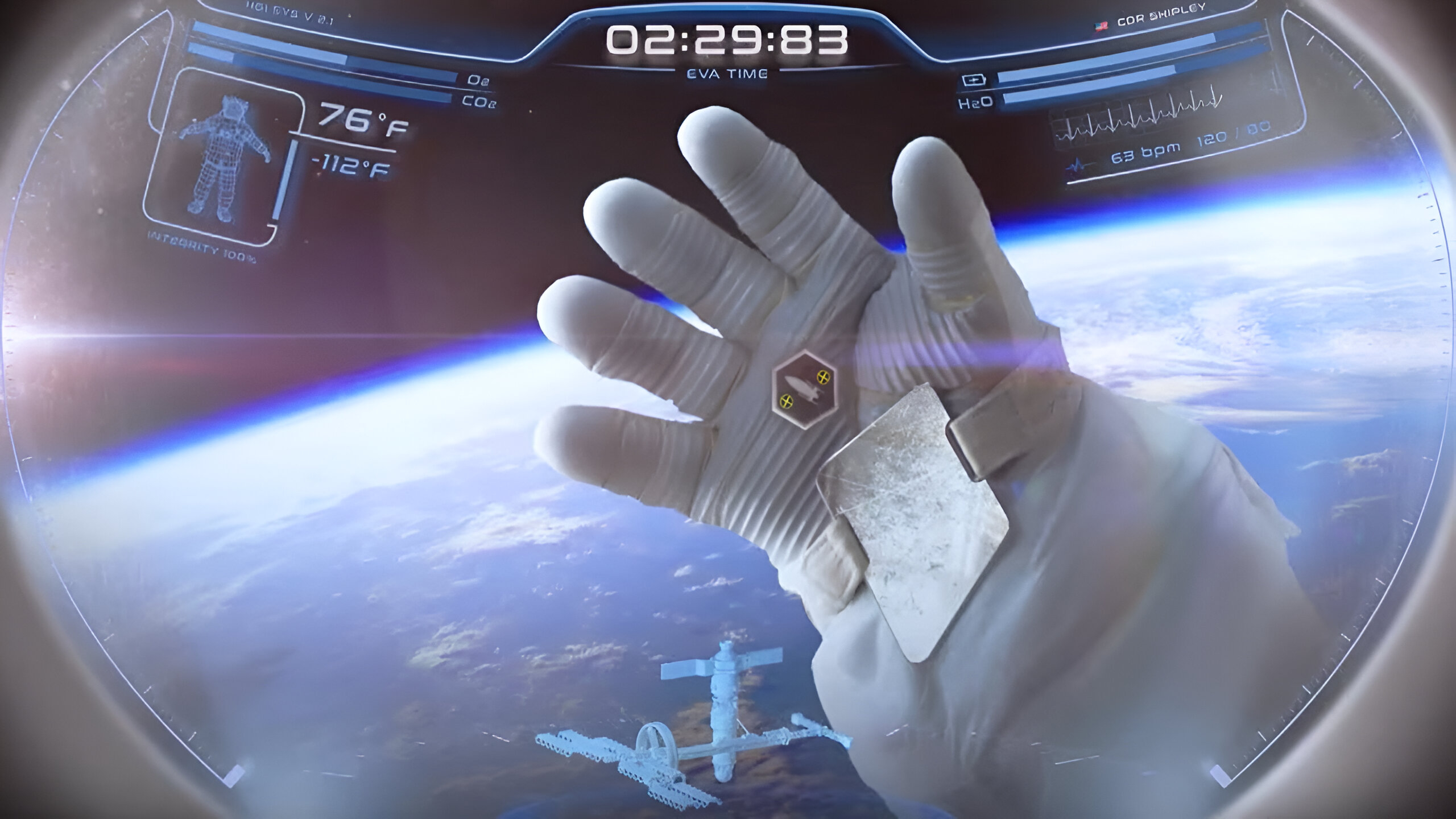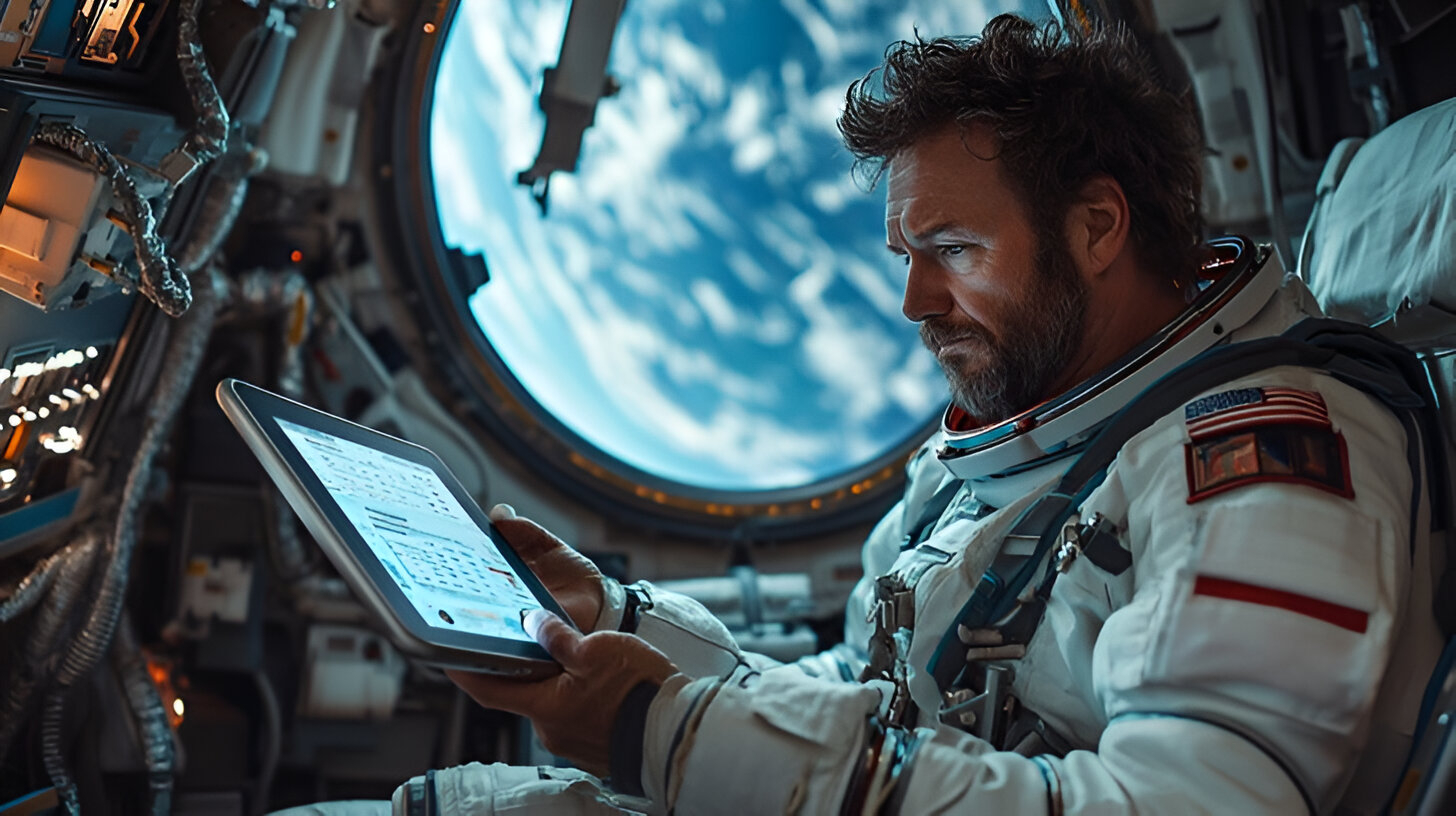
A Deep Dive into Visual Ergonomics in Space
When astronauts leave Earth, they don’t just face physical disorientation — they also experience visual challenges that most of us can’t imagine. From blurry vision to optic nerve swelling, space affects the eyes in ways we’re only beginning to understand. But NASA isn’t just watching — they’re designing and adapting visual ergonomics specifically for the extreme environment of space.
So, how does one prepare the human eye for life beyond gravity?
The Challenge: Eyes Don’t Like Microgravity
On Earth, gravity pulls bodily fluids downward. In space, that force disappears — and fluids shift upward, including into the head and eyes. This leads to a condition known as:
SANS – Spaceflight-Associated Neuro-ocular Syndrome
First observed in astronauts on long missions, SANS can cause:
-
Flattening of the eyeball
-
Swelling of the optic disc (papilledema)
-
Changes in vision (often farsightedness)
-
Retinal folds
It’s a big deal. As one NASA flight surgeon put it:
“You can’t send someone to Mars if they can’t see when they get there.”
How NASA Adapts Visual Ergonomics for Space
To combat these issues, NASA has turned to visual ergonomics — designing tools, lighting, and protocols to support eye health and function in zero gravity.
1. Custom Visual Task Lighting

-
Space stations like the ISS use adjustable LED lighting that mimics Earth’s natural light cycles.
-
Helps maintain circadian rhythms, reducing fatigue and eye strain.
2. Heads-Up Displays (HUDs) in Helmets
-
Future spacesuits are being designed with AR interfaces and HUDs.
-
These systems ensure astronauts can see critical data without shifting focus or straining their eyes in difficult positions.
3. Redesigning Visual Checklists & Interfaces
-
Traditional paper checklists? Not in orbit.
-
NASA now uses tablet-based procedures with large fonts, high-contrast colors, and voice commands, easing the strain on vision in variable lighting.
4. Fluid Redistribution Suits
-
NASA is experimenting with suits that pull fluids back toward the lower body, simulating gravity.
-
These may reduce pressure behind the eyes, a key contributor to SANS.
5. Advanced Eye Scans Onboard
-
Astronauts receive regular ocular ultrasound scans, OCT imaging, and vision tests.
-
These data help researchers track subtle changes in real time — and tailor ergonomic solutions accordingly.
Vision Is Critical in Space
In the hostile environment of space, clear vision can be a matter of life or death. Every task — from docking spacecraft to conducting experiments — depends on accurate depth perception and visual clarity.
Fun Fact:
During Apollo missions, astronauts took corrective lenses into space — now, with modern tech, they’re working toward preventing the need altogether.
What This Means for Earth
NASA’s research into visual ergonomics doesn’t just benefit astronauts. These insights are already helping us:
-
Design better lighting and displays in offices and operating rooms
-
Create more ergonomic visual environments for VR/AR users
-
Understand how fluid dynamics impact diseases like glaucoma and papilledema
In short, space medicine is feeding back into optometry and human factors science on Earth.
The Future: Mars and Beyond
Long-duration missions — like going to Mars — may last over a year. NASA and partner agencies are racing to develop visual systems that can:
-
Prevent permanent vision damage
-
Support complex operations in low light and hostile conditions
-
Optimize visual-cognitive performance in isolated environments
As we push further into space, the eye is becoming one of our most sensitive instruments — and one of the most vulnerable.
“You don’t just send the body into space — you send the mind, the senses, and the eyes. Vision ergonomics is about ensuring astronauts can see, think, and thrive, wherever we go.”
— NASA Human Factors Team
References & Further Reading:
-
NASA Human Research Program: Spaceflight-Associated Neuro-ocular Syndrome (SANS)
-
National Space Biomedical Research Institute (NSBRI): Visual Impairment in Spaceflight
-
American Academy of Optometry – “The Ocular Impacts of Long-Term Spaceflight”
-
Nature Microgravity Journal – Ocular Changes in Astronauts after Long-Duration Spaceflight






